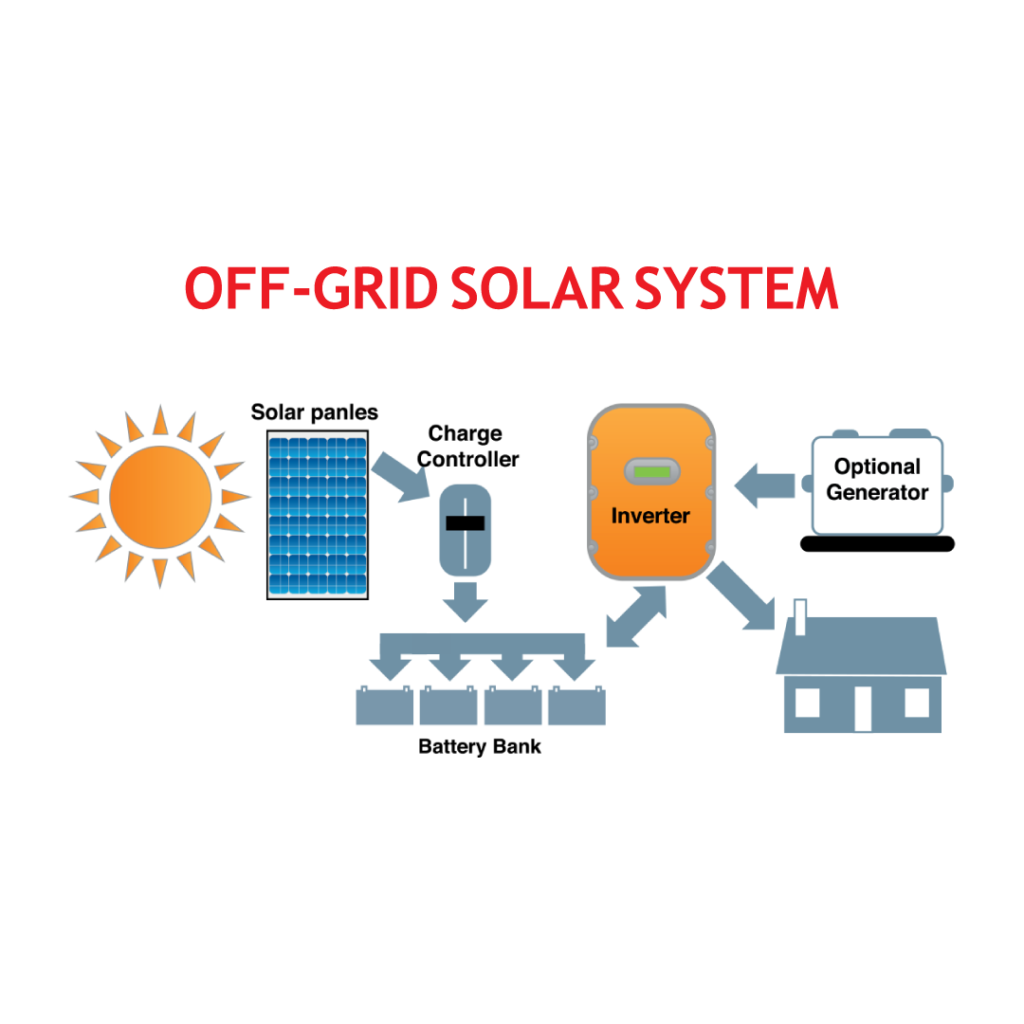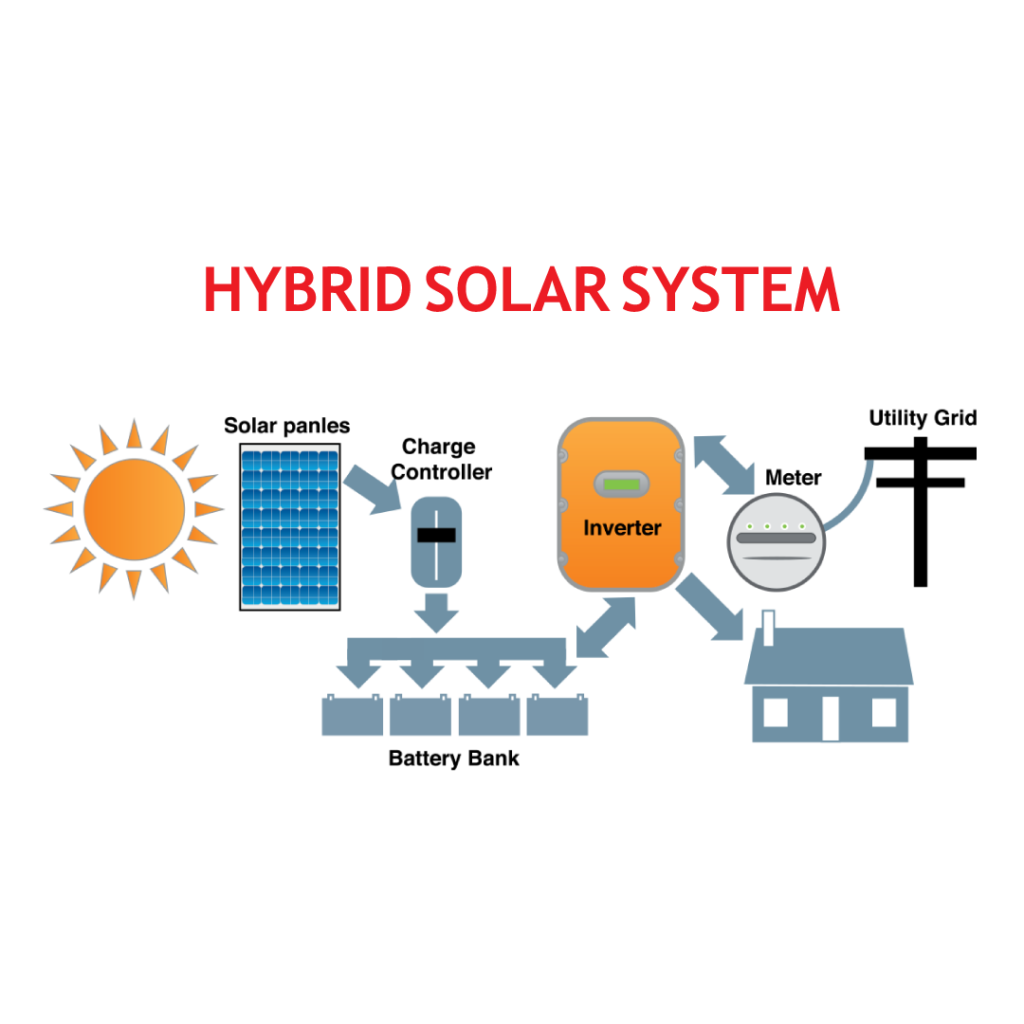Solar rooftop systems
Solar rooftop systems, also known as rooftop solar PV systems, are installations of solar panels mounted on the roofs of residential, commercial, or industrial buildings. Here’s a breakdown of key aspects related to solar rooftop systems:
Components
A typical rooftop solar system consists of solar panels, inverters, mounting structures, wiring, and sometimes battery storage. Solar panels are made up of photovoltaic cells that convert sunlight into electricity. Inverters convert the direct current (DC) generated by the solar panels into alternating current (AC) suitable for use in buildings.
Installation
Solar panels are mounted on the roof of the building, either integrated into the roof structure or attached as an array on top of the roof. The panels are positioned to maximize exposure to sunlight throughout the day, typically facing south in the Northern Hemisphere and north in the Southern Hemisphere to capture the most sunlight.
Grid-Connected Systems
Most rooftop solar systems are connected to the electrical grid. Excess electricity generated by the solar panels can be exported to the grid, and electricity can be drawn from the grid when solar production is insufficient (e.g., at night). This arrangement is known as net metering, where consumers receive credits for the excess electricity they feed into the grid.
Off-Grid Systems
4. In some cases, rooftop solar systems are installed in remote areas where grid connection is impractical or too costly. These systems operate independently of the grid and often include battery storage to store excess energy for use when sunlight is unavailable.
Benefits
- Reduction of electricity bills: Solar energy reduces dependency on grid electricity, leading to lower energy bills over time. - Environmental impact: Solar energy is clean and renewable, reducing carbon emissions and dependence on fossil fuels.Return on investment: While there's an initial investment in installing solar panels, they can provide a significant return on investment over their lifespan
Considerations
Factors such as roof orientation, shading, roof condition, local regulations, and financial incentives should be considered when planning a rooftop solar installation. Additionally, it's essential to work with reputable installers to ensure proper system design, installation, and maintenance.
GRID-TIED SOLAR SYSTEM
Most systems are grid-tied, meaning that thes olar panels provide power during the dayand the power company provides power at
night.

OFF GRID SOLAR SYSTEM
With an off-grid system,the home or business is fully disconnected from the grid. The solar panels provide power during the day while also charging your battery for use at night.

HYBRID SOLAR SYSTEM
With a hybrid system, the solar panels provide power during the day while also chargingyour battery for use at night. At the same time ,the home or business remains connected
to the grid, wich serves as a backup power source.

